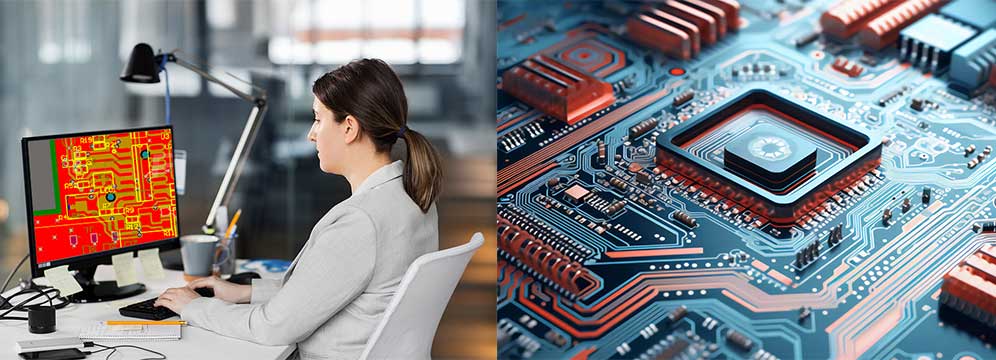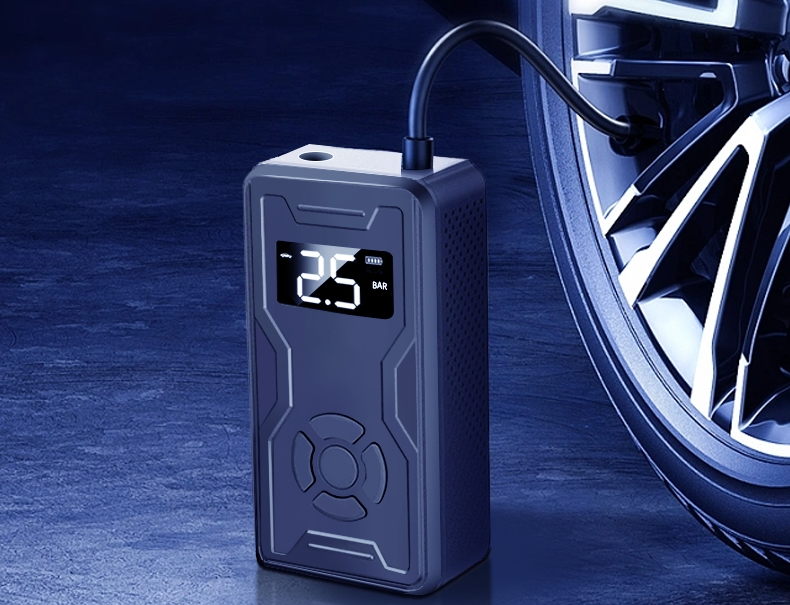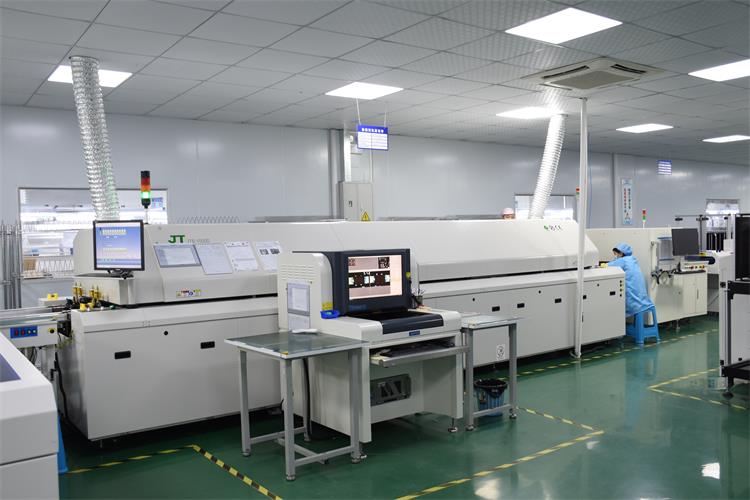Wave Soldering: Advantages and Disadvantages
Wave soldering is a widely used technique in the assembly of electronic components to printed circuit boards (PCBs). Known for its efficiency and consistency, it is especially favored in high-volume manufacturing. However, like any process, wave soldering comes with its set of advantages and disadvantages. Understanding both aspects can help manufacturers make informed decisions about whether this method is right for their production needs.

Advantages of Wave Soldering
1、High Efficiency and Speed
One of the biggest advantages of wave soldering is its ability to handle large batches of PCBs simultaneously. Unlike manual soldering, which is time-consuming and labor-intensive, wave soldering offers an automated solution that speeds up production. This makes it ideal for high-volume manufacturing, as it increases throughput and reduces labor costs.
2、Consistency and Quality
Wave soldering provides highly consistent soldering quality across multiple PCBs. The process ensures that each PCB receives the same amount of solder, making it more reliable and uniform. This is particularly important for industries that require high-quality and durable connections, such as automotive or medical electronics.
3、Reduced Human Error
Since the process is automated, wave soldering reduces the risk of human error, which is common in hand soldering. The machine controls the flow of solder, the temperature, and the speed, ensuring that all joints are soldered uniformly. This helps maintain the overall quality of the product and reduces the chances of defects.

4、Cost-Effective for Large-Scale Production
For companies involved in large-scale manufacturing, wave soldering is cost-effective. The automated nature of the process reduces labor costs, and because it can solder multiple boards simultaneously, it also minimizes the time spent per unit. This allows manufacturers to benefit from economies of scale, ultimately reducing production costs.
5、Suitable for Through-Hole Components
Wave soldering is particularly effective for soldering through-hole components. The molten solder flows through the holes in the PCB and creates strong, durable solder joints, making it an excellent choice for assemblies that require these types of components.
Disadvantages of Wave Soldering
1、Limited to Through-Hole Components
While wave soldering is excellent for through-hole components, it is not suitable for surface-mount technology (SMT) components. With the increasing popularity of SMT, manufacturers that require soldering for both through-hole and SMT components may need to use other methods, such as reflow soldering, alongside wave soldering.
2、Initial Setup Cost
The initial investment for wave soldering equipment can be high. Although the process is cost-effective in the long run, the machinery, setup, and maintenance require significant upfront costs, making it less accessible for small-scale or low-budget manufacturers.
3、Complexity in PCB Design
Wave soldering requires specific PCB designs to ensure the proper flow of molten solder. For example, components that are too close together or PCBs with irregular shapes may cause issues during the soldering process. This can add complexity to the design and may require additional steps to ensure compatibility with the wave soldering process.

4、Requires Skilled Operators
Although wave soldering is an automated process, skilled operators are still required to set up, monitor, and maintain the equipment. Improper setup or maintenance can lead to defects or decreased efficiency, making it essential to have trained personnel in place.
5、Potential for Bridge Formation
One of the common challenges with wave soldering is the potential for solder bridges, where solder creates an unintended connection between two pads. This can result in electrical short circuits and defects in the final product, requiring additional inspection and quality control.
Wave soldering offers many benefits in terms of speed, consistency, and cost-effectiveness, especially for high-volume production runs. However, it's important to weigh these advantages against the potential limitations, such as the need for specific PCB designs and the initial setup costs. By carefully considering both the pros and cons, manufacturers can determine whether wave soldering is the best fit for their production needs.
-
How to Reduce Signal Interference in PCB Design?
넶6 2025-02-10 -
Wave Soldering: Advantages and Disadvantages
넶29 2025-01-06 -
How do you handle PCBA?
넶15 2024-12-23 -
PCBA Layout vs PCB Layout: Key Differences from Design to Assembly
In the manufacturing of modern electronic products, both PCB (Printed Circuit Board) and PCBA (Printed Circuit Board Assembly) play crucial roles. Within the design process, PCB Layout and PCBA Layout are two important concepts. While they share some similarities, there are significant differences in their applications and importance.
넶10 2024-11-20 -
Exploring the Future: The Innovative Features of Portable Air Pumps!
As technology continues to progress, portable air pumps are rapidly evolving to become smarter, more convenient, and multifunctional. Curious about the surprises that future portable air pumps might bring? Join us on this exciting journey of discovery!
넶14 2024-11-04 -
Exploring Reflow Soldering Technology in SMT Processes and Its Advantages
As market demand for high-quality electronic products continues to grow, the importance of SMT and reflow soldering technologies becomes increasingly prominent. These processes not only enhance production efficiency but also ensure product consistency and reliability. By continually optimizing these workflows, companies can maintain a competitive edge in an intense market landscape.
넶10 2024-11-02



















